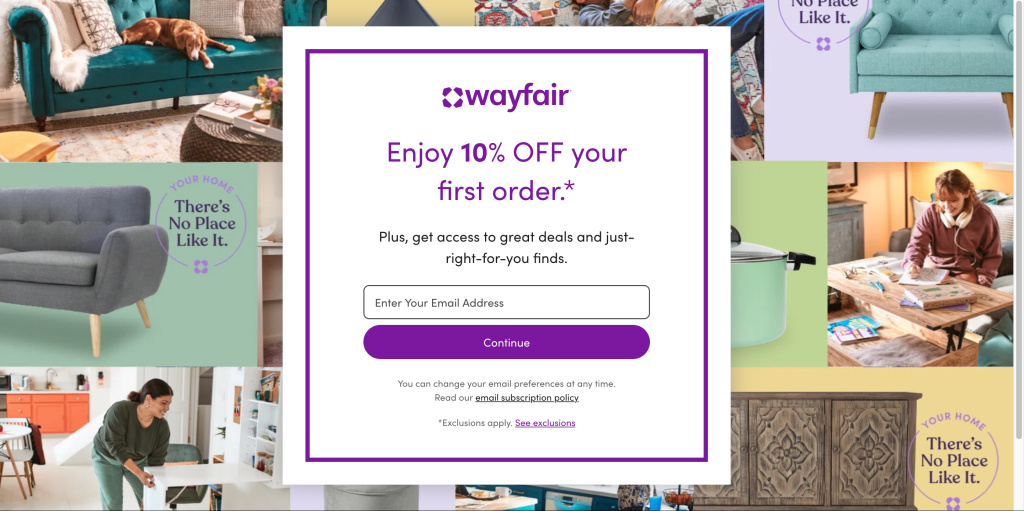
In the dynamic world of e-commerce, understanding and leveraging the concept of perceived value is crucial for business success.
Perceived value in e-commerce refers to the customer’s overall assessment of a product or service’s worth, based on their perception of what is received versus what is given. It encompasses factors such as product quality, brand reputation, user experience, pricing, and customer service. In online retail, perceived value plays a crucial role in influencing purchasing decisions, customer satisfaction, and brand loyalty, often outweighing the actual cost or market price of the item.
This comprehensive guide explores how online retailers can harness the power of perceived value to boost sales, enhance customer satisfaction, and build lasting brand loyalty.
Decoding Perceived Value in E-commerce
Perceived value refers to the worth customers attribute to a product or service, often transcending its actual cost or market price. In e-commerce, where physical interaction with products is limited, perceived value plays an even more critical role in driving purchasing decisions.
Key Factors Influencing Perceived Value in E-commerce:
a) Product Quality: The perceived durability, performance, and overall quality of products.
b) Brand Reputation: The company’s market standing, customer reviews, and industry recognition.
c) Website User Experience (UX): Easy navigation, attractive design, and smooth checkout process.
d) Product Presentation: High-quality images, detailed descriptions, and 360-degree views.
e) Customer Service: Responsive support, easy returns, and helpful policies.
f) Pricing Strategy: Competitive pricing, discounts, and value-added bundles.
g) Shipping and Delivery: Fast, reliable, and preferably free shipping options.
Strategies to Enhance Perceived Value in E-commerce
a) Craft Compelling Product Descriptions: Highlight unique features, benefits, and use cases.
b) Leverage Social Proof: Showcase customer reviews, ratings, and user-generated content.
c) Offer Price Guarantees: Implement best price guarantees or price matching policies.
d) Create Value-Added Bundles: Package complementary products together at attractive prices.
e) Implement Dynamic Pricing: Adjust prices based on demand, competition, and customer behavior.
f) Enhance Visual Merchandising: Use high-quality images, videos, and 360-degree product views.
The Psychology of Perceived Value in Online Shopping
Understanding the psychological aspects of perceived value can help e-commerce businesses tailor their marketing and user experience.
Concepts such as:
- Anchoring: Using a higher-priced item to make other items seem more affordable.
- Decoy Effect: Offering a third option to influence decision-making between two products.
- Scarcity Principle: Creating a sense of urgency with limited-time offers or low-stock warnings.
Measuring and Analyzing Perceived Value in E-commerce
To effectively leverage perceived value, online retailers must have robust methods for measurement and analysis:
- Customer Surveys and Feedback
- Website Analytics and Heat Maps
- Conversion Rate Analysis
- Average Order Value (AOV) Tracking
- Customer Lifetime Value (CLV) Calculation
Case Studies: Perceived Value in E-commerce Action
Example 1: Amazon

Amazon has mastered the art of perceived value through its vast product selection, competitive pricing, Prime membership benefits, and efficient delivery services. Their customer-centric approach and seamless user experience contribute significantly to their perceived value.
Example 2: Wayfair

Wayfair enhances perceived value in home goods by offering detailed product information, room visualizers, and curated collections. Their free shipping on orders over a certain amount and easy returns policy further boost customer confidence.
FAQs:
- How does perceived value impact conversion rates in e-commerce?
Higher perceived value can lead to increased conversion rates as customers feel they’re getting more worth for their money. - Can discounts negatively affect perceived value?
While discounts can attract customers, excessive discounting might lower the perceived value of products. It’s important to balance promotional offers with maintaining product value perception. - How can small e-commerce businesses compete on perceived value with larger competitors?
By focusing on niche markets, providing exceptional customer service, offering unique products, and creating a strong brand story. - What role does product packaging play in perceived value for e-commerce?
Although customers don’t see packaging until after purchase, attractive and high-quality packaging can enhance post-purchase satisfaction and increase the likelihood of repeat purchases. - How can e-commerce businesses use content marketing to increase perceived value?
By creating informative blog posts, how-to guides, and videos that showcase product benefits and uses, businesses can increase the perceived value of their offerings.
For more in-depth information on perceived value in e-commerce, explore these authoritative resources:
- Journal of Retailing: Research
on the formation mechanism of brand identification in cross-border
e-commerce platforms — Based on the perspective of perceived brand
globalness/localness - International Journal of Electronic Commerce: The Impact of Electronic Service Quality’s Dimensions on Customer Satisfaction and Loyalty
- Harvard Business Review: The Value of Keeping the Right Customers
By mastering the concept of perceived value, e-commerce businesses can create a compelling online shopping experience that not only drives sales but also fosters customer loyalty and long-term success in the competitive digital marketplace.




